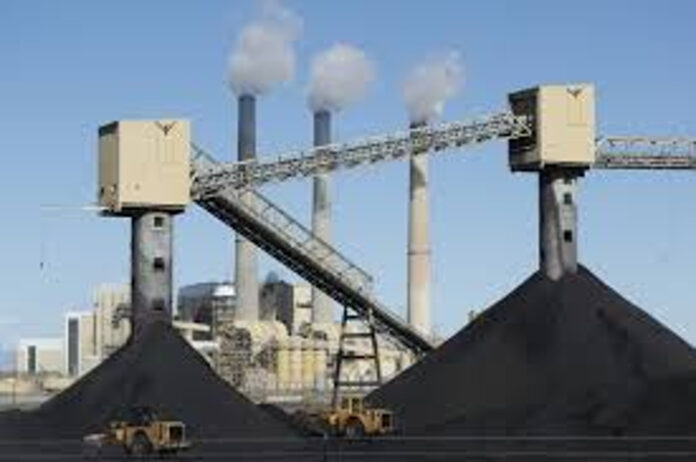The U.S. Environmental Protection Agency Puts In Place New Rules For Fossil Fuel Power Plants
Monday, April 29, 2024, 7:30 A.M. ET. By Ryan Metz: Englebrook Independent News,
WASHINGTON, DC.- On Thursday, April 25, 2024, the U.S. Environmental Protection Agency announced a suite of final rules put in place to reduce pollution from fossil fuel-fired power plants in order to protect all communities from pollution and improve public health without disrupting the delivery of reliable electricity.
These rules, finalized under separate authorities including the Clean Air Act, Clean Water Act, and Resource Conservation and Recovery Act, are expected to significantly reduce climate, air, water, and land pollution from the power sector.
In a press release on Thursday,
“EPA is proud to make good on the Biden-Harris Administration’s vision to tackle climate change and to protect all communities from pollution in our air, water, and in our neighborhoods,” said EPA Administrator Michael S. Regan. “By developing these standards in a clear, transparent, inclusive manner, EPA is cutting pollution while ensuring that power companies can make smart investments and continue to deliver reliable electricity for all Americans.”
“This year, the United States is projected to build more new electricity generation capacity than we have in two decades, and 96 percent of that will be clean,” said President Biden’s National Climate Advisor Ali Zaidi.

The Suite Of Final Rules Includes:
A final rule: for existing coal-fired and new natural gas-fired power plants that plan to run in the long-term and all new baseload gas-fired plants control 90 percent of their carbon pollution.
A final rule: strengthening and updating the Mercury and Air Toxics Standards (MATS) for coal-fired power plants, tightening the emissions standard for toxic metals by 67 percent, and finalizing a 70 percent reduction in the emissions standard for mercury from existing lignite-fired sources.
A final rule: to reduce pollutants discharged through wastewater from coal-fired power plants by more than 660 million pounds per year, ensuring cleaner water for affected communities, including communities with environmental justice concerns that are disproportionately impacted.
A final rule: that will require the safe management of coal ash that is placed in areas that were unregulated at the federal level until now, including at previously used disposal areas that may leak and contaminate groundwater.
Regulatory impact analyses
The EPA conducted regulatory impact analyses for each rule, showing that this suite of standards will deliver hundreds of billions of dollars in net benefits. EPA also performed a sensitivity analysis exploring the combined effect on the power sector of carbon pollution, air toxics, and water rules, as well as EPA’s recent rules for the transportation sector. The projections regarding changes in electricity supply and demand align with recent reports from the research showing that the sector can meet the growing demand for electricity and provide reliable, affordable electricity at the same time as it reduces pollution in accordance with these rules to protect health and the planet.


.png)
.jpeg)